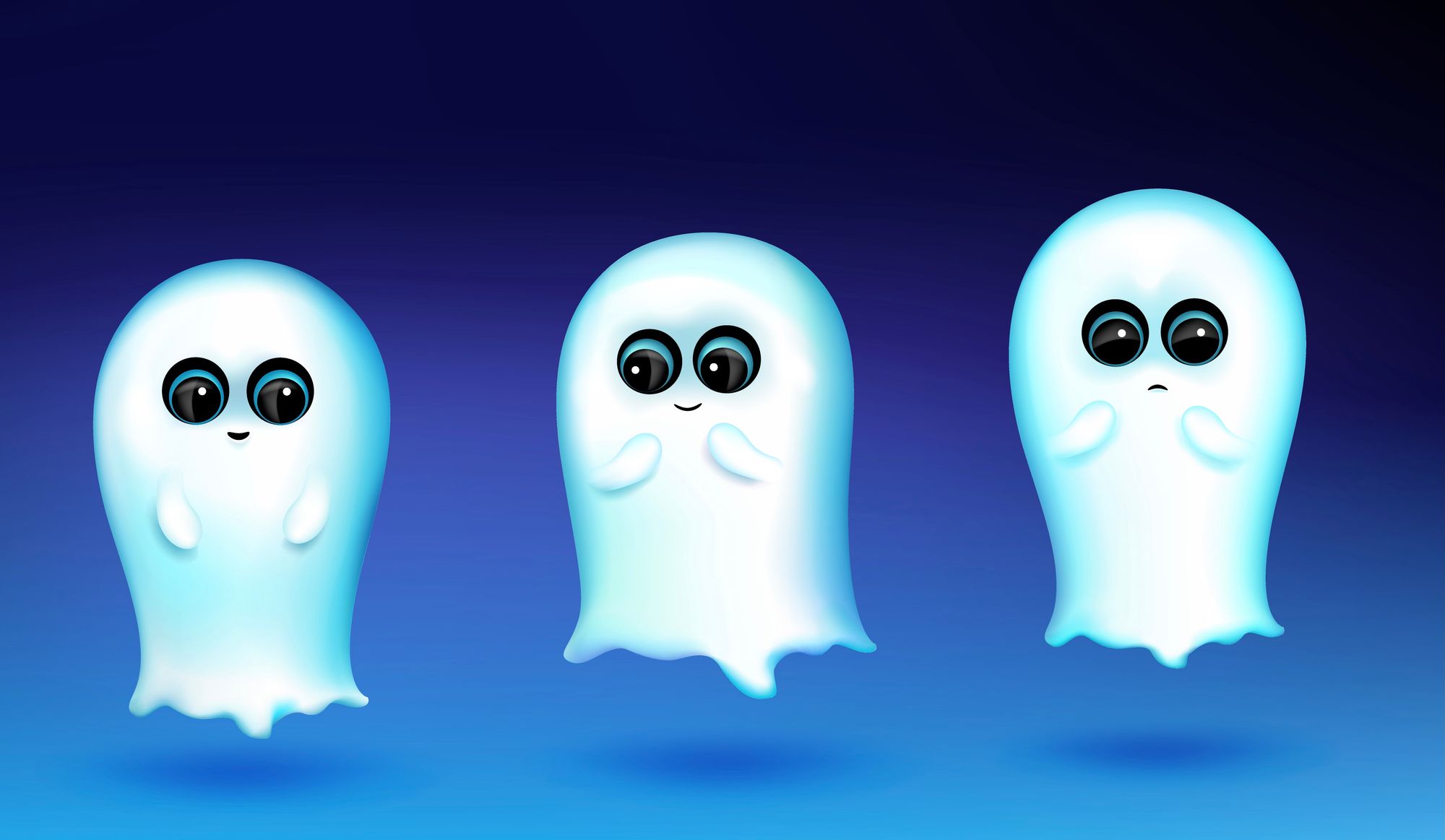Being curious is one of the traits that feeds our human intelligence. Curiousity contributes to our speed of development, our level of knowledge and our ability to adapt to new situations.

But even if we are born curious far from everybody retains the habits of exploring, learning and discovering. Curiosity is not something we per definition can just start using; it is a mental muscle that fades if we don’t exercise it regularly.
Imagine being at an event where you run into a person you don’t know. Let’s call her Miriam. Your curiosity guides you in your meeting with her. Three primary types of curiosity are prominent, as described in the book Curious by Ian Leslie:
- Diversive curiosity. The most common and widespread curiosity about everything new is that which probably makes you ask Miriam what she works with. Diversive curiosity makes you want to explore new places, people and things.
- Epistemic curiosity. This is the curiosity that makes you want to go deep and learn everything you can about a subject area. This curiosity may make you go further and ask Miriam how she does her job and what types of skills are needed. This is conscious, hard work in your search for understanding but it is also the curiosity that rewards you the most.
- Empathic curiosity. When you want to understand the real person, her feelings and thoughts, you may ask Miriam why she works with what she does.
The first type, diversive curiosity, is a prerequisite for the other two. The epistemic cuiosity is the one that creates momentum, leading to deep learning and new insights. The empathic curiosity complements the epistemic and invites ut to seek illusive answers in cooperation with others.
Our diversive curiosity is satisfied en masse, in a world where the Internet provides us with answers in seconds, and where we receive a steady stream of information in social media about and from our acquaintances. Whatever we are wondering there are answers. But the incentives to dig deeper, to really understand many aspects of a phenomenon, stands aside as we are constantly satisfying curiosity with simple answers. The rewards are short-lived but the cycle keeps us going since there is a continuous flow of rewards around the corner, or behind the next click.
Rather than satisfying myself with the puzzles that are typical for diversive curiosity, I want to spend more time with mysteries. Puzzles are the challenges where there is a distinct answer you may pleasantly lean back and rejoice over once you have it. Think crosswords. Even that which we call mystery novels are essentially puzzles as you find out who did it at the end of the book.
What I am referring to with mysteries are the issues without definitive answers — the ones that demand you reflect more on the circumstances of the information at hand. Your curiosity is engaged but never really fulfilled. The brain and human relationships are subject areas I have a passion for, but I also know I want to learn more about the body to open the doors to more connections and insights. A riddle I like to poke – as thousands before me have – is why people struggle so much to perform that which is in our best interest.
My personal long-term strategy for managing curiosity is to keep reading books, writing about my learnings and having conversations with others around the same topic. One novel and one work of non-fiction per month is the medicine I have prescribed for myself. But I do not beat myself up about rarely reaching that. Again, I know it’s best for me, but I also know that is why it will require effort. Failing is always part of the effort.
To reach beyond diverse curiosity I find several tools helpful:
- Books and stories that go deeper into a subject area.
- Books and stories that explore emotions and human behaviour in ways that challenge my assumptions.
- Books and stories that describe situations and experiences that I would not otherwise have access to.
- Spending time to reflect on my take-aways. I do this with mindmaps and writing.
- Approaching and conversing with people who have experience or special interest in the topics I’m exploring.
- Making a conscious choice to challenge my assumptions.
Writing allows me to truly reflect on what I’m reading. Longer time-outs for reflection and meditation (in a way that I choose) allow me to adjust my bearings and challenge my biases before I head too far in the wrong direction. The more cemented I become in a belief system, the harder it will be to feed my curiosity.
Being open to change, staying curious, is always a boost for my well-being. But it’s also a muscle I can’t take for granted. The older I get, the further I move from my natural inquisitiveness. And digital tech solutions can lessen deep curiosity as we trust them with instantaneous answers and decision-making.
Questions become more interesting when the response time is longer than a millisecond. When we are allowed to spend time with them, laugh and cry with them, get mad at them and make up.
Always get into a relationship with the why.
Footnote: This post was originally about my plans for 2016, but I’ve edited it slightly to be of more timeless value.







Member discussion